This publication tells the story of the British Constructivist artist Marlow Moss (1898–1958) and her work. A series of lists with ‘facts’ is compiled from writings about and by Moss. These lists contain contradictions and gaps. In part because some characters in the novels written by Netty Nijhoff, Moss’s partner, are based on Moss, and so this knowledge has been sometimes treated as non-fiction because of the lack of information on Moss. The result is that fiction became part of reality. The publication is an alternative biography that indirectly shows how history is constructed.
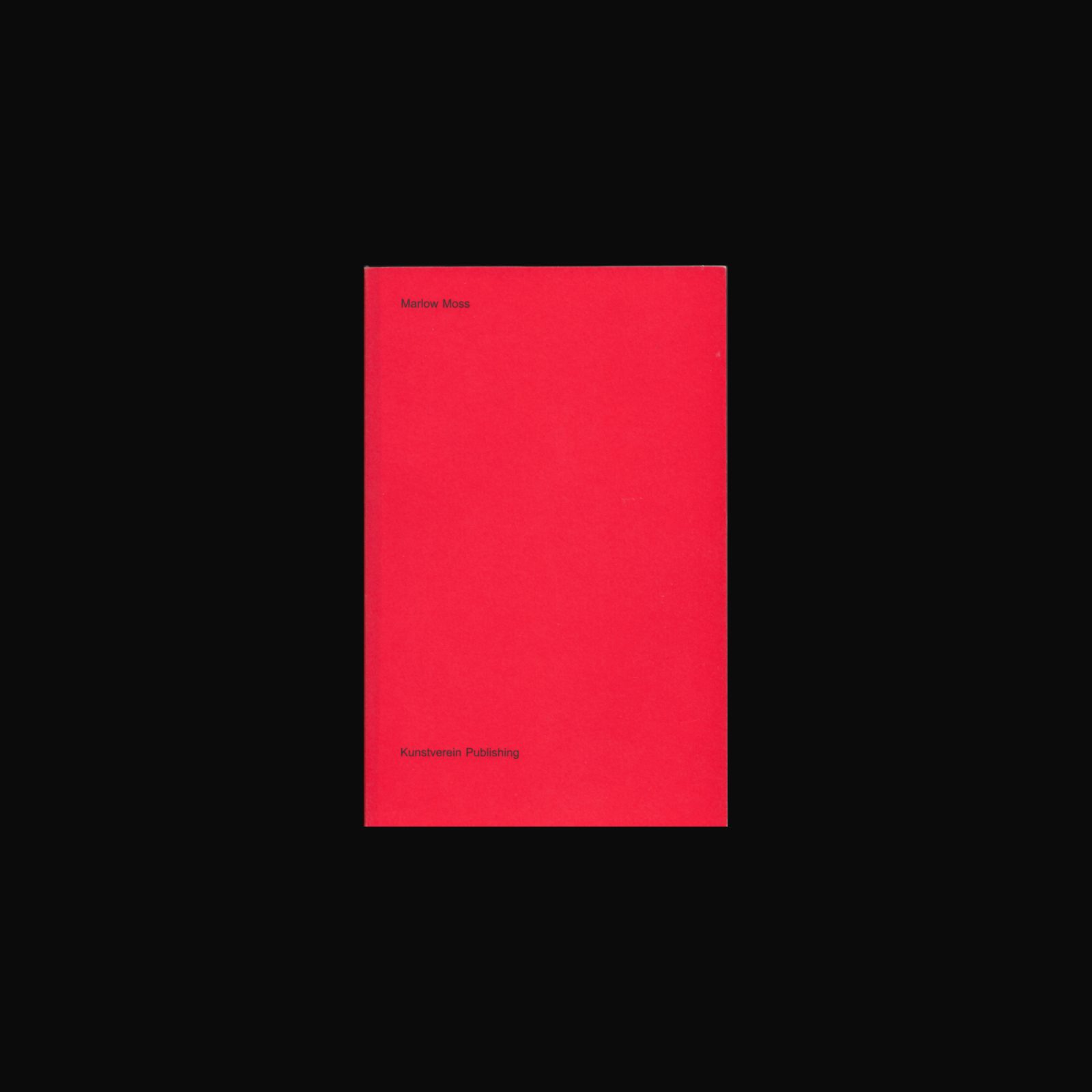


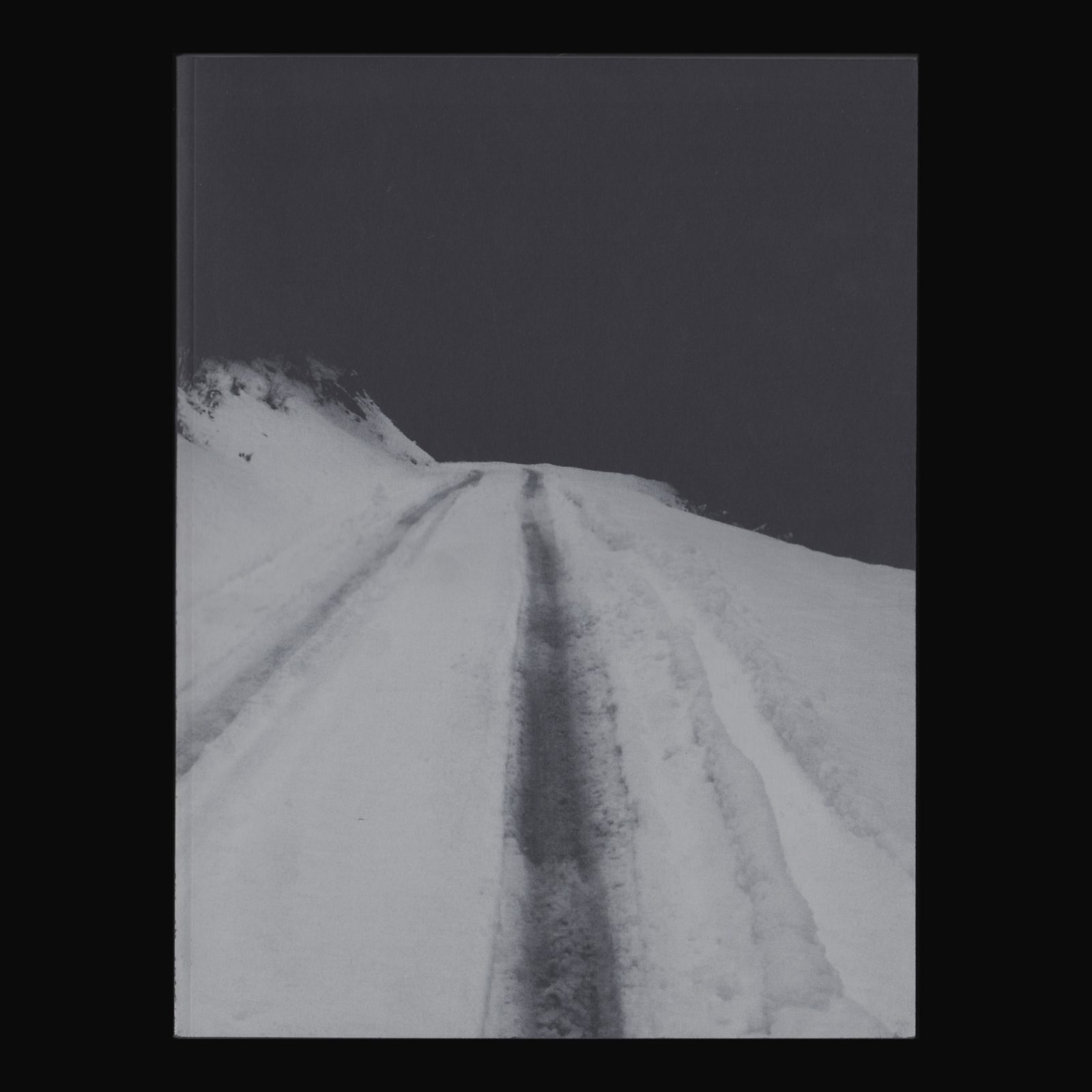


Produced in 2010 on the occasion of three large solo exhibitions organised at the Centre international d’art et du paysage de Vassivière (France); the Kunsthalle Bern (Switzerland) and the Parc Saint Léger Centre d’art contemporain (France), I Can’t See stands as the first comprehensive monograph on the work developed by American artist Oscar Tuazon. It reads as a full-page visual essay with a phantom narrative spreading over 250 pages that was composed by the artist together with graphic designer Pierre-François Letué. With texts from Ariana Reines, Matthew Stadler, Cedar Sigo, Karl Holmqvist, Thomas Boutoux, Carissa Rodriguez, Eileen Myles, David Lewis, Oscar Tuazon, Sandra, Chiara Parisi, Philippe Pirotte





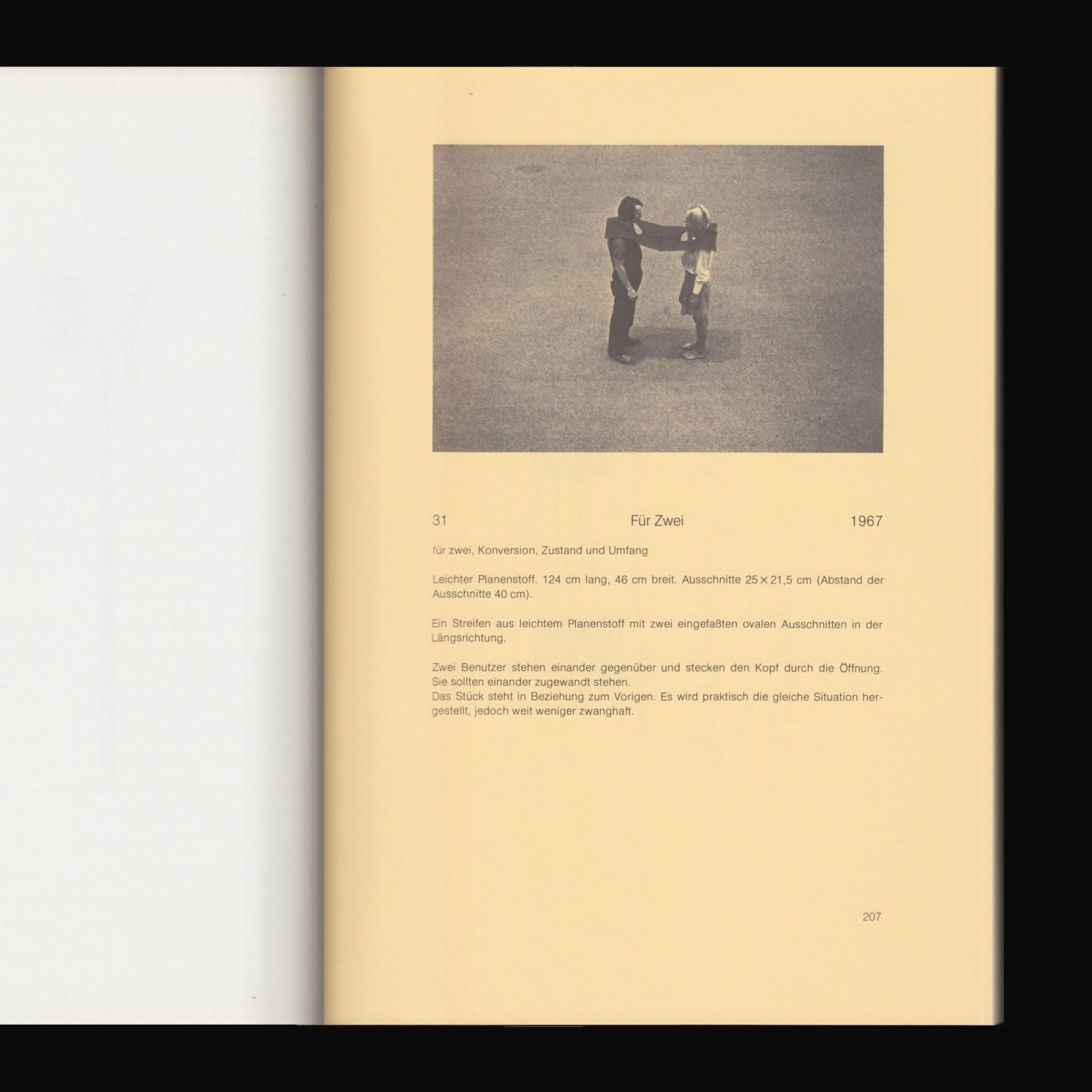
Produced on the occasion of Franz Erhard Walther’s exhibitions at Kunstraum München, 29 January–20 March, 1976 and Städtisches Kunstmuseum Bonn, 8 June–18 July, 1976.
Franz Erhard Walther is a key figure in the departure from the image since the European postwar period. Beyond the classical understanding of sculpture and painting, Walther formulated a completely new concept of work that included the viewer as an actor. Early in his work, fabric—until then an unusual artistic material—became a source of innovation for Walther, from which the “activation objects” emerged. In the wall formations of the 1980s, he achieved an incomparable interweaving of painting, sculpture, and architecture that continues to this day.
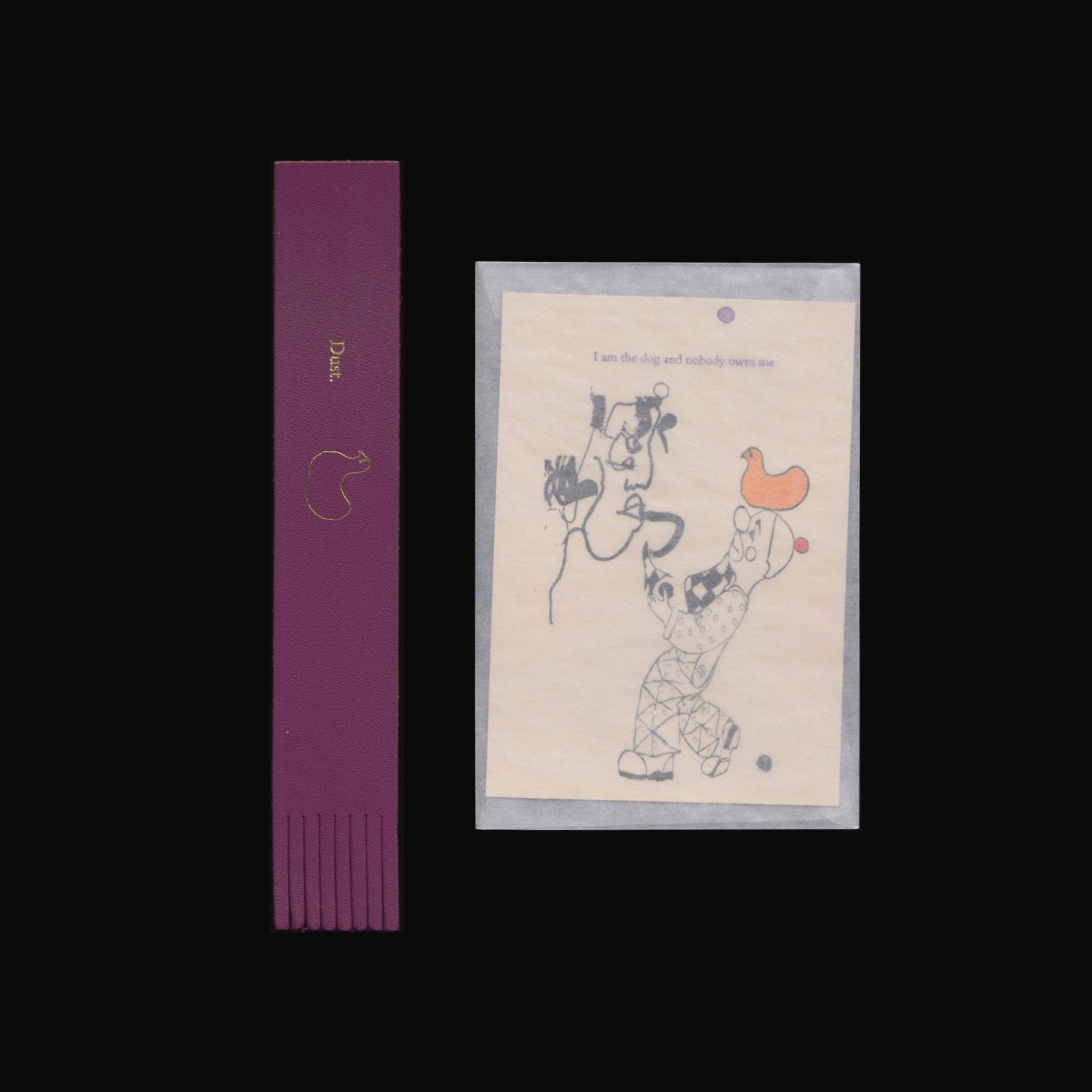
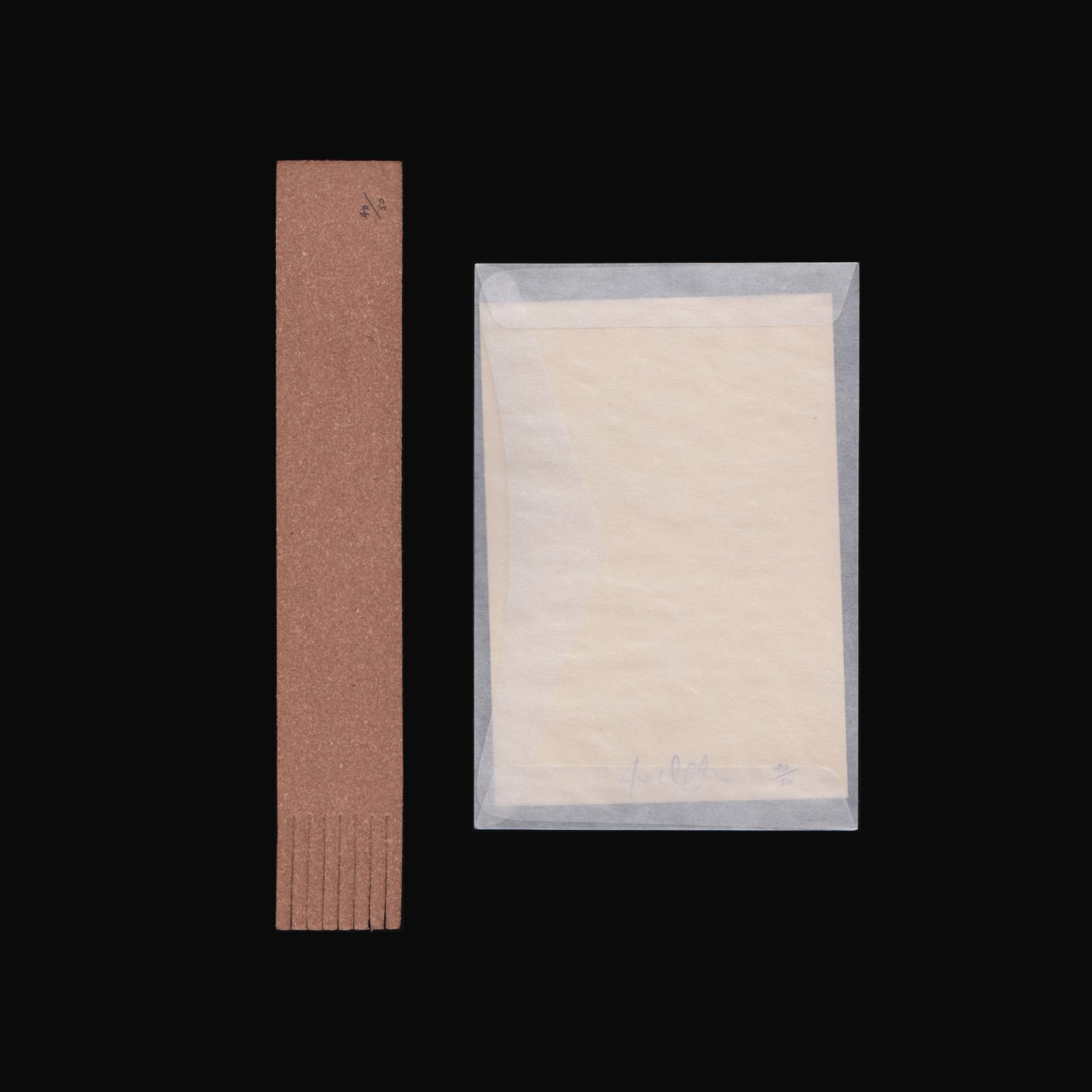
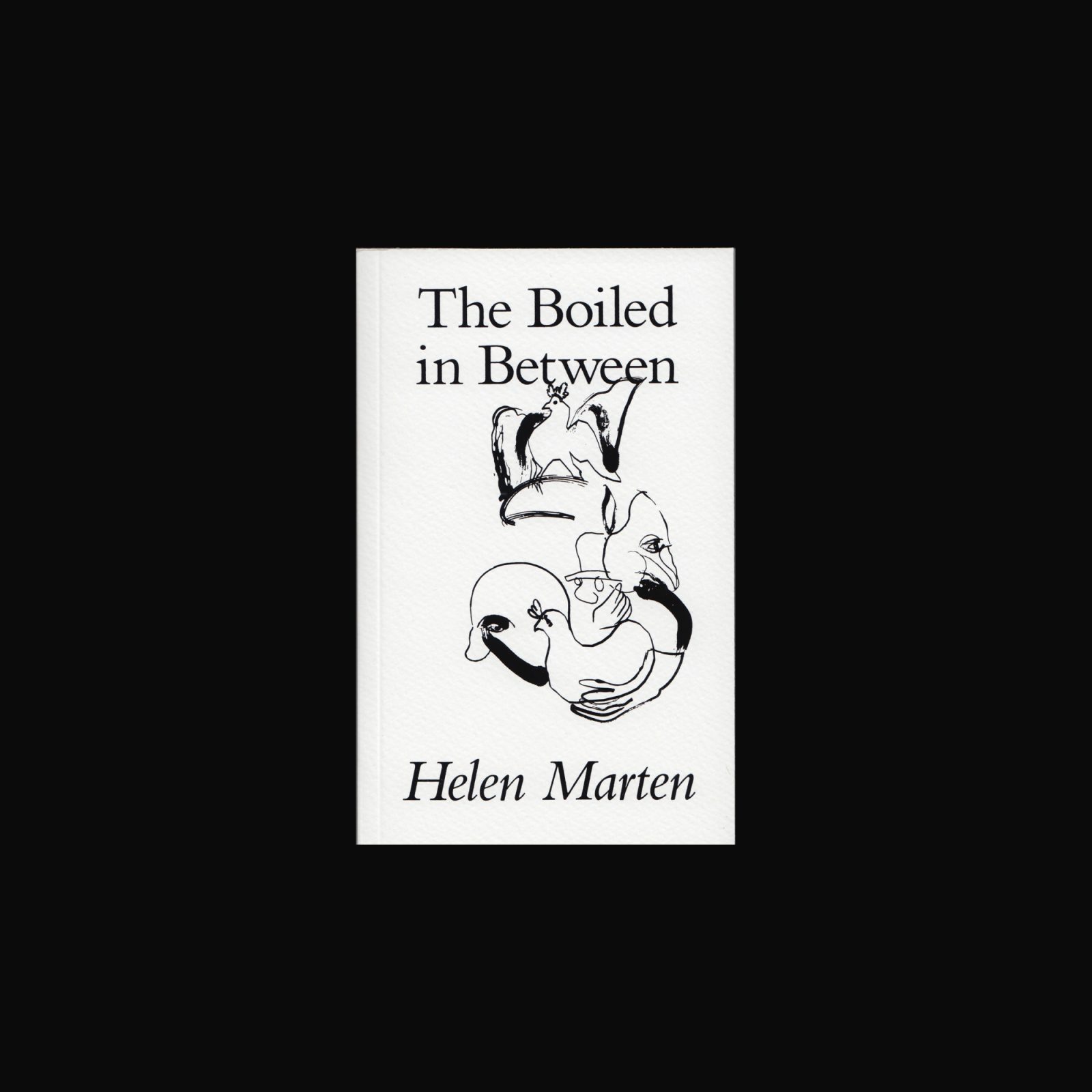

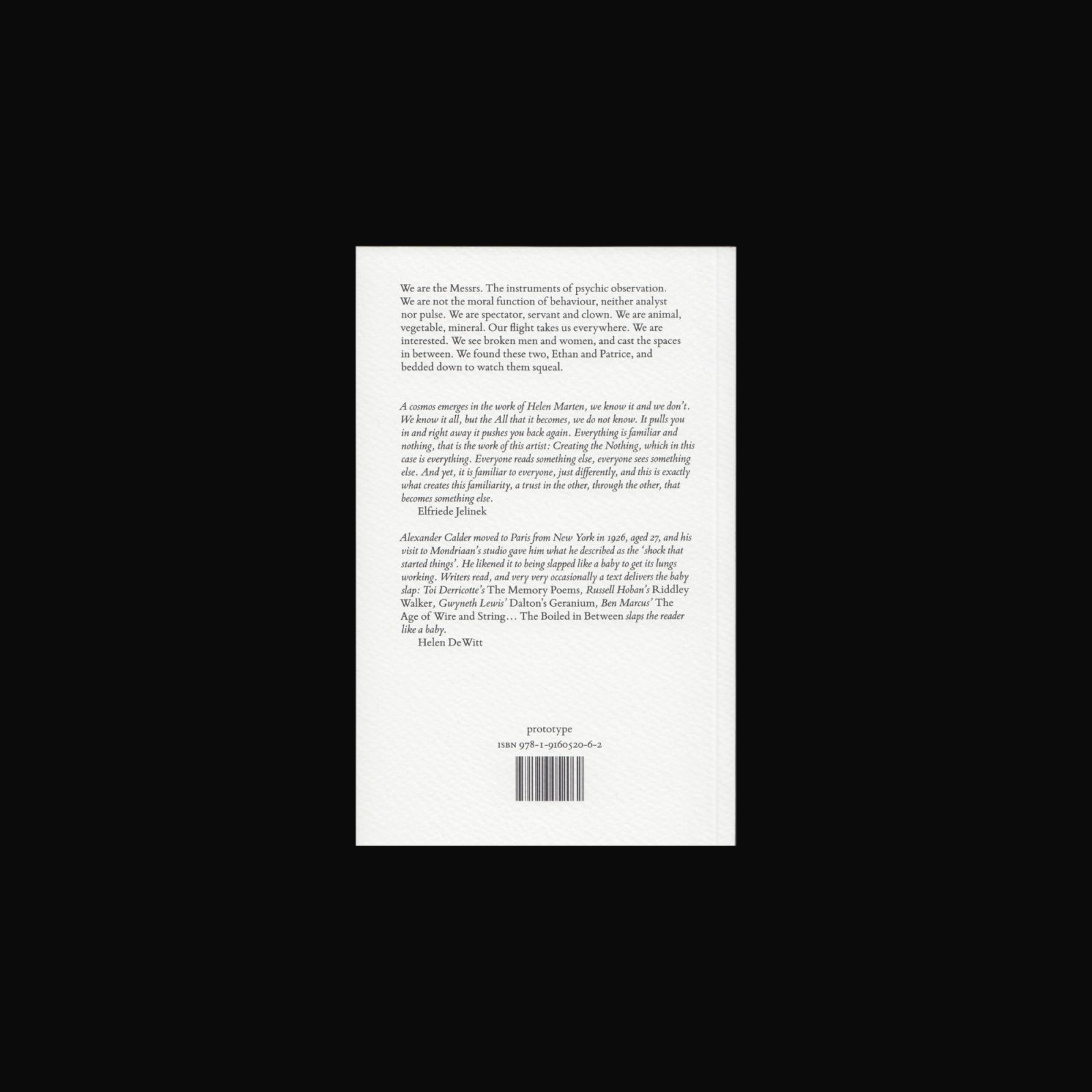
The Boiled in Between is the debut novel by Turner Prize-winning artist Helen Marten, an ambitious literary work full of beauty and sorrow. It is a novel told in the action of persistence and questioning: how the rhythms of a world built upon metaphor and symbolism can collide with relationships personal and domestic.
To celebrate the publication of The Boiled in Between, 50 special edition copies have been produced which include a handmade, hand-painted bookplate, signed and numbered by the author and a gold foil-printed bookmark.
Helen Marten is an artist based in London. She was included in the 55th and 56th International Venice Biennales and in 2016 won both the Turner Prize and the inaugural Hepworth Prize for Sculpture.
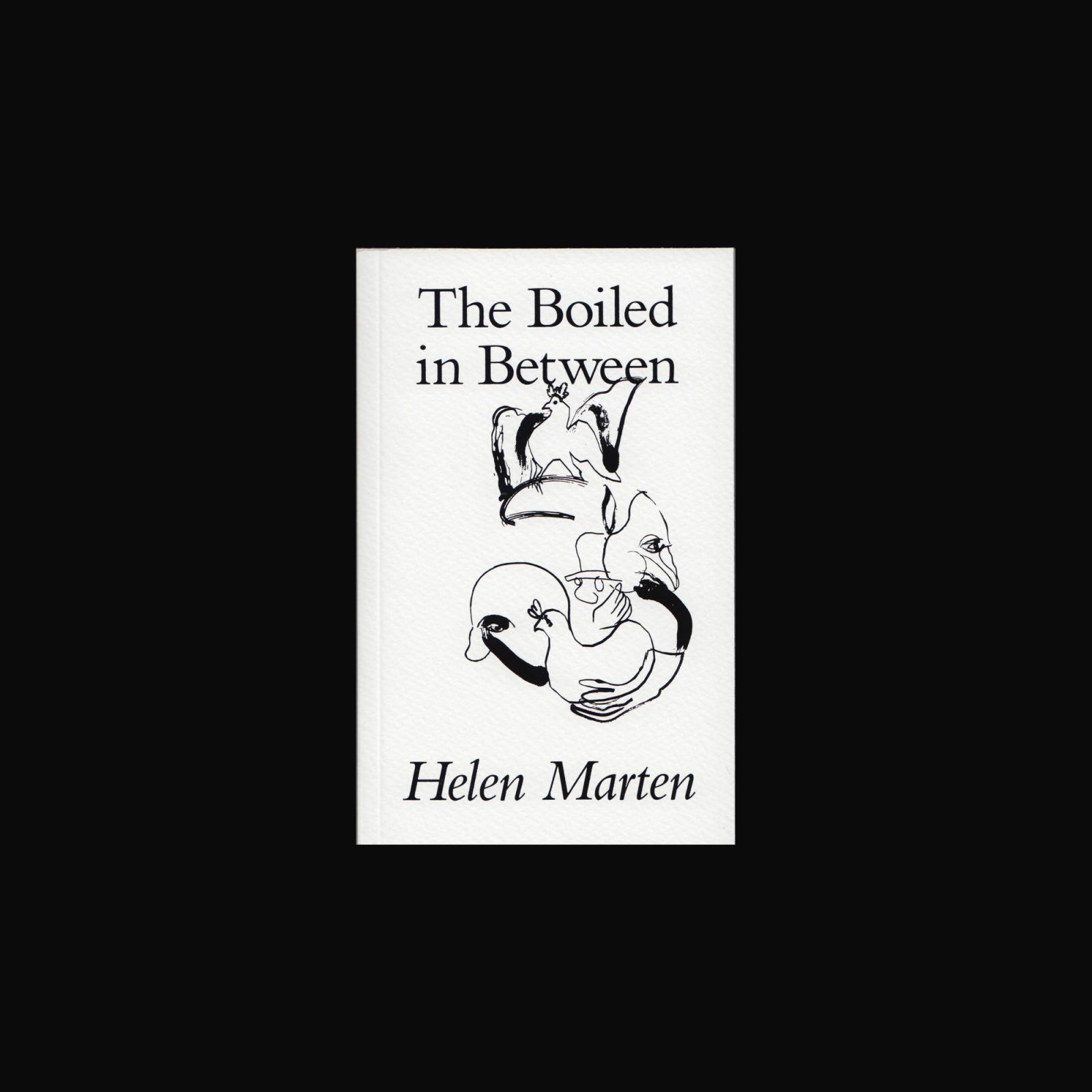


The Boiled in Between is the debut novel by Turner Prize-winning artist Helen Marten, an ambitious literary work full of beauty and sorrow. It is a novel told in the action of persistence and questioning: how the rhythms of a world built upon metaphor and symbolism can collide with relationships personal and domestic.
Helen Marten is an artist based in London. She was included in the 55th and 56th International Venice Biennales and in 2016 won both the Turner Prize and the inaugural Hepworth Prize for Sculpture.
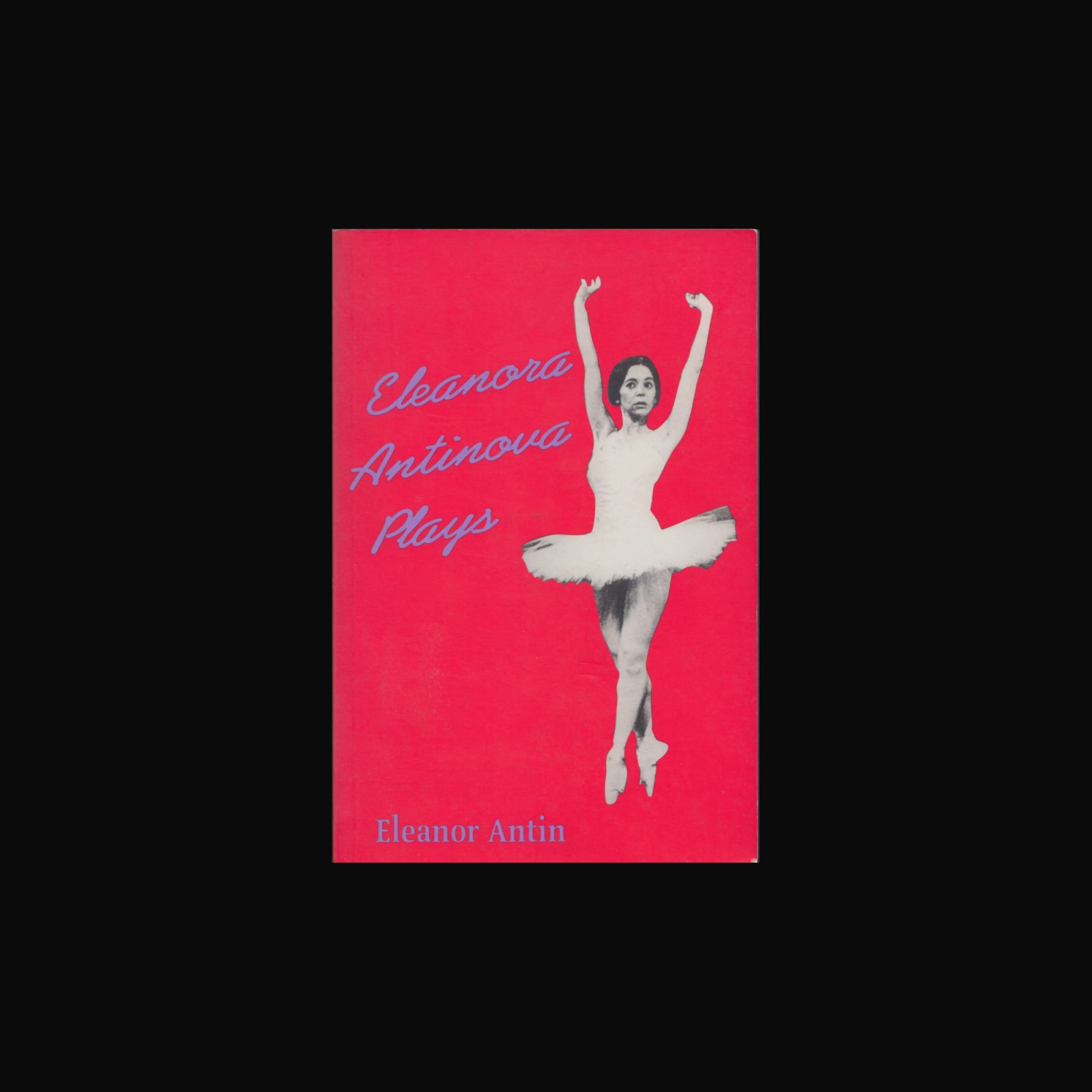

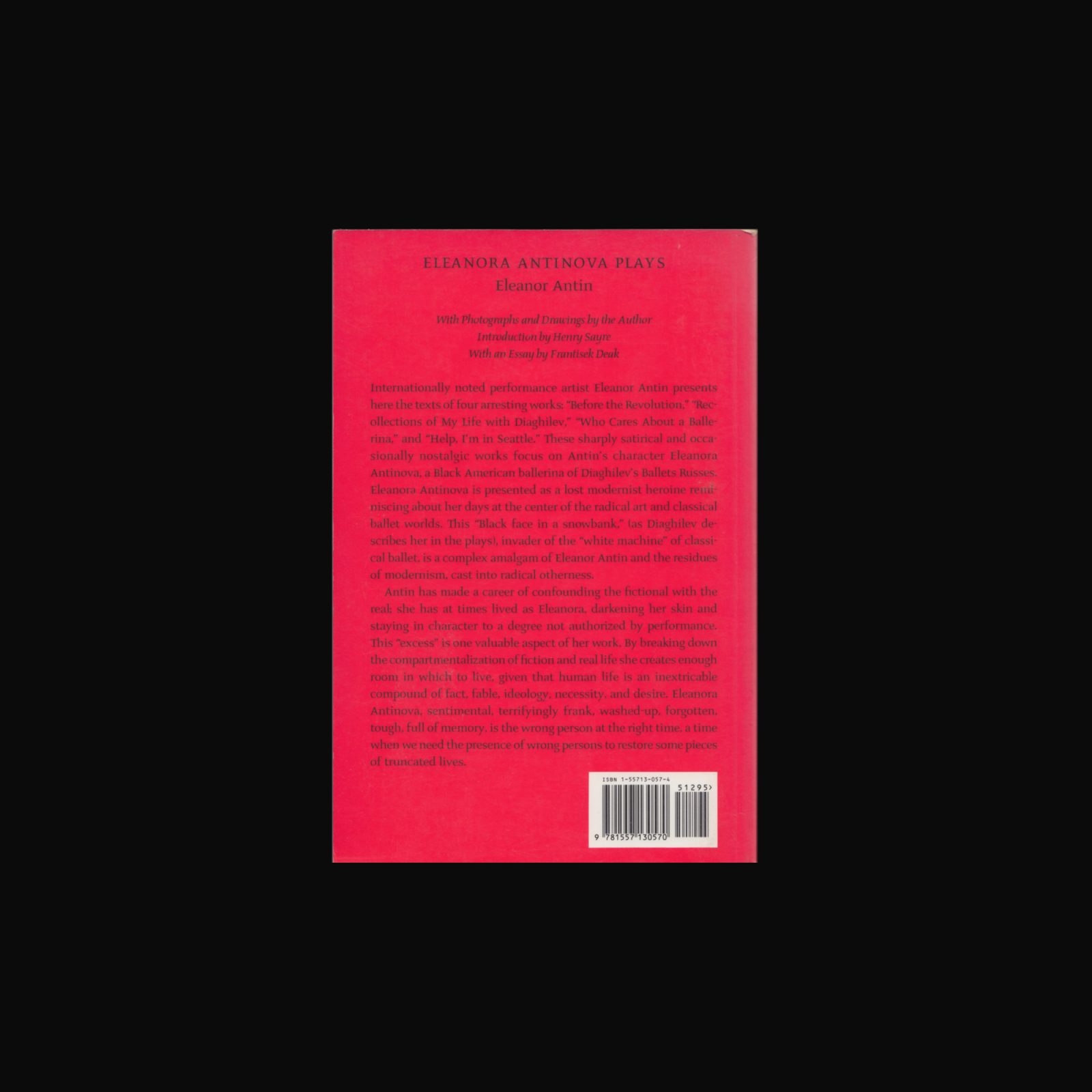
Internationally noted performance artist Eleanor Antin presents here the texts of four arresting works: Before the Revolution, Recollections of My Life with Diaghilev, Who Cares About a Ballerina, and Help, I’m in Seattle. These sharply satirical and occasionally nostalgic works focus on Antin’s character Eleanora Antinova, a ballerina of Diaghilev’s Ballets Russes. Eleanora Antinova is presented as a lost modernist heroine reminiscing about her days at the center of the radical art and classical ballet worlds.